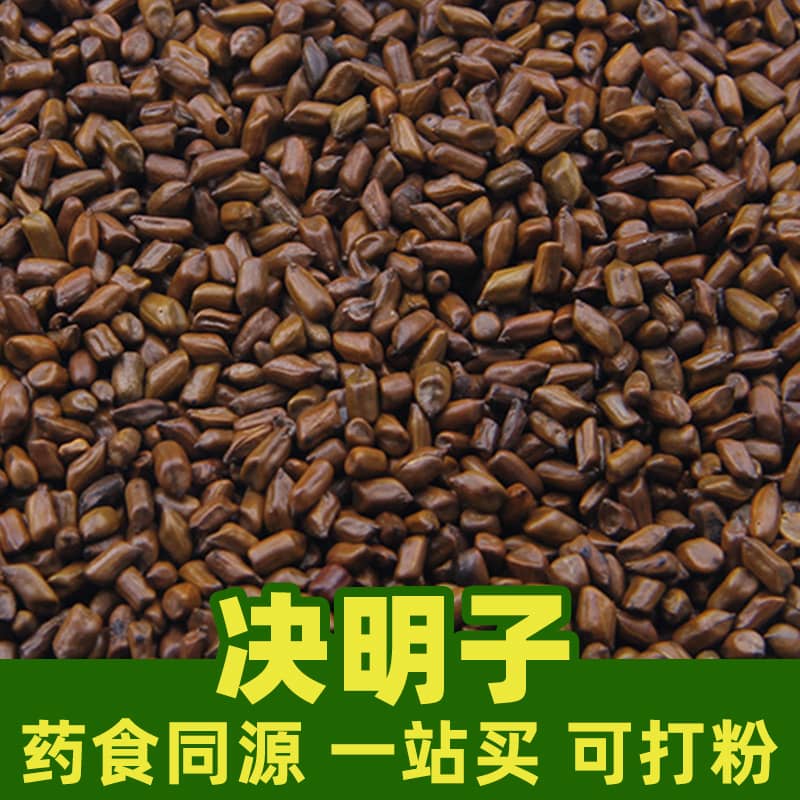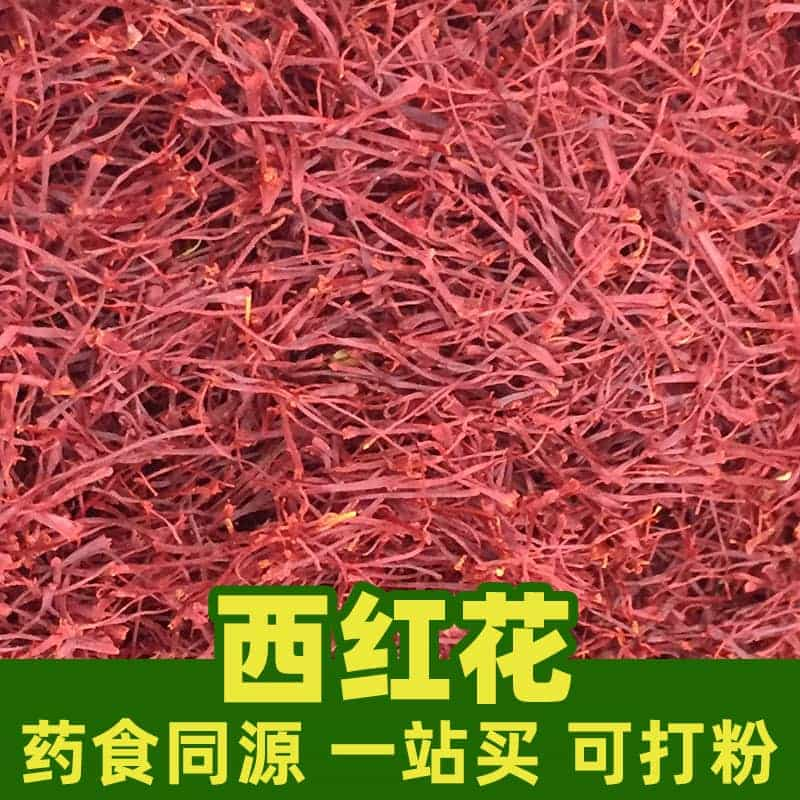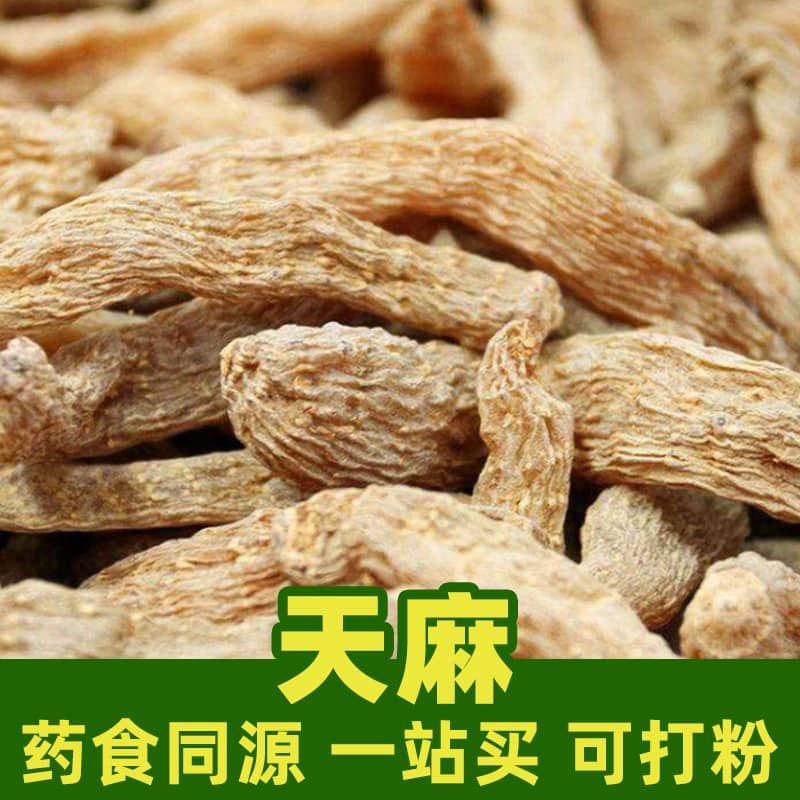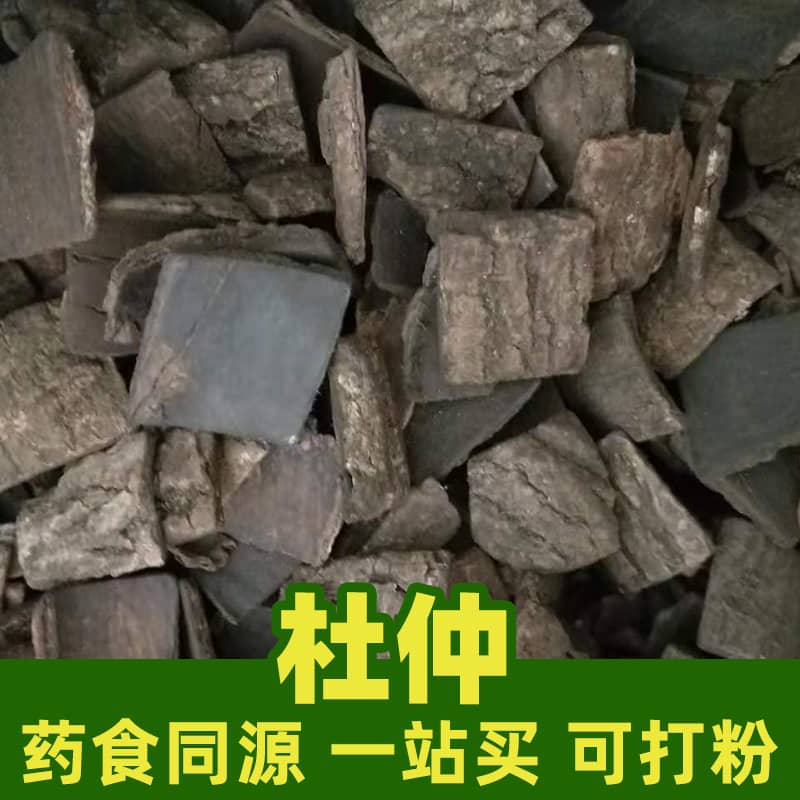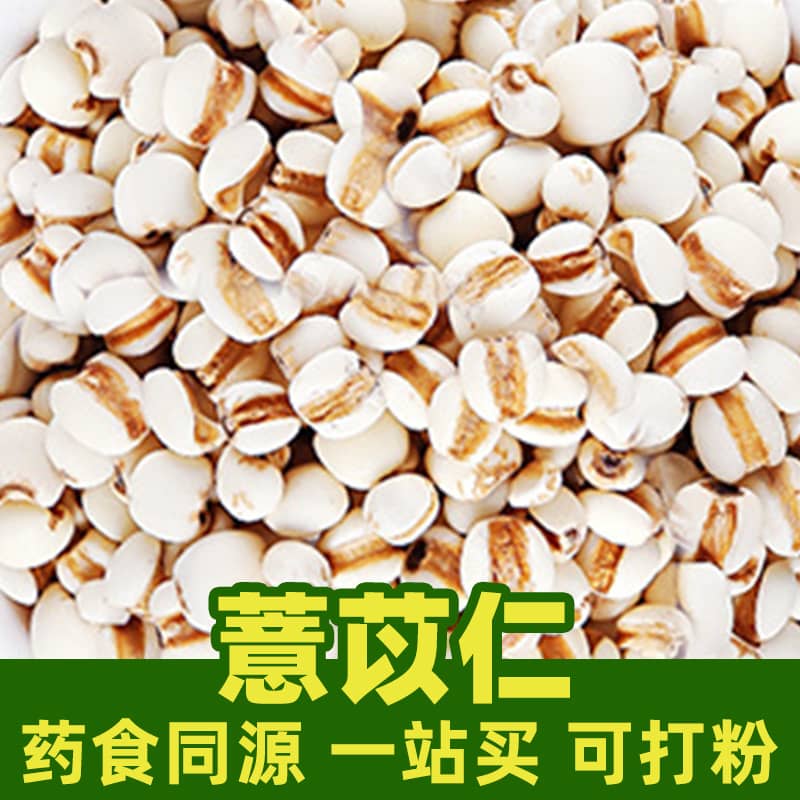Product Introduction
Cistanche (scientific name: Cistanche) is a herbaceous plant, primarily composed of fleshy stems and branches. The stems are cylindrical, with a rough and wrinkled surface, and range from yellowish-brown to dark brown in color. Cistanche has a distinctive aroma, making it a unique herb.
Cistanche primarily grows in the northwestern regions of China, such as Gansu and Qinghai. It thrives in grasslands, deserts, and arid mountain slopes. Cistanche has a long growth period, usually flowering and fruiting from summer to autumn.
Main Active Ingredients
Cistanche contains various active compounds, making it a tonic herb. Glycosides are the main active components, offering benefits such as tonifying the kidney yang, benefiting the essence and blood, and strengthening bones and tendons. Additionally, Cistanche contains polysaccharides, fatty acids, and amino acids.
Application Scenarios and Usage
Cistanche has extensive applications in traditional Chinese medicine, known for tonifying the kidney yang, benefiting the essence and blood, and strengthening bones and tendons. It is commonly used to treat kidney deficiency, impotence, premature ejaculation, and weakness in the back and knees.
Cistanche can be decocted into a soup as a medicinal herb or made into herbal powders and alcoholic extracts. Usage should be tailored to individual needs, and it is recommended to follow a doctor's advice or herbal usage guidelines.
Source Plant Introduction, Distribution, and Growth Environment
Cistanche primarily grows in the northwestern regions of China, such as Gansu and Qinghai. It thrives in arid deserts, sandy soils, and grasslands. Cistanche has a high adaptability to dry and sunny environments.
Cistanche is a parasitic plant, usually parasitizing the roots of plants in the Aloe family. It grows and reproduces by absorbing nutrients from its host plant. This parasitic relationship helps Cistanche adapt to its unique growing environment.
Harvesting, Processing, and Storage
Cistanche is generally harvested when it flowers and fruits from summer to autumn. After harvesting, it needs to be cleaned, dried, and processed. The processed Cistanche can be stored and used.
To maintain the quality and efficacy of Cistanche, it should be stored in a dry, well-ventilated place, avoiding moisture and sunlight. It is generally recommended to use it promptly or store it sealed to maintain its medicinal efficacy and nutritional value.
Monica Sun is a seasoned expert in the natural raw materials industry, with over a decade of experience specializing in traditional Chinese medicinal herbs, spices, and fungi. She is skilled in the sourcing, processing, and application of these materials, emphasizing sustainability and innovation. Monica Sun has contributed to the development of high-quality natural raw materials that serve as essential components in functional foods, pharmaceuticals, and cosmetics, delivering tailored solutions to meet diverse market needs.









